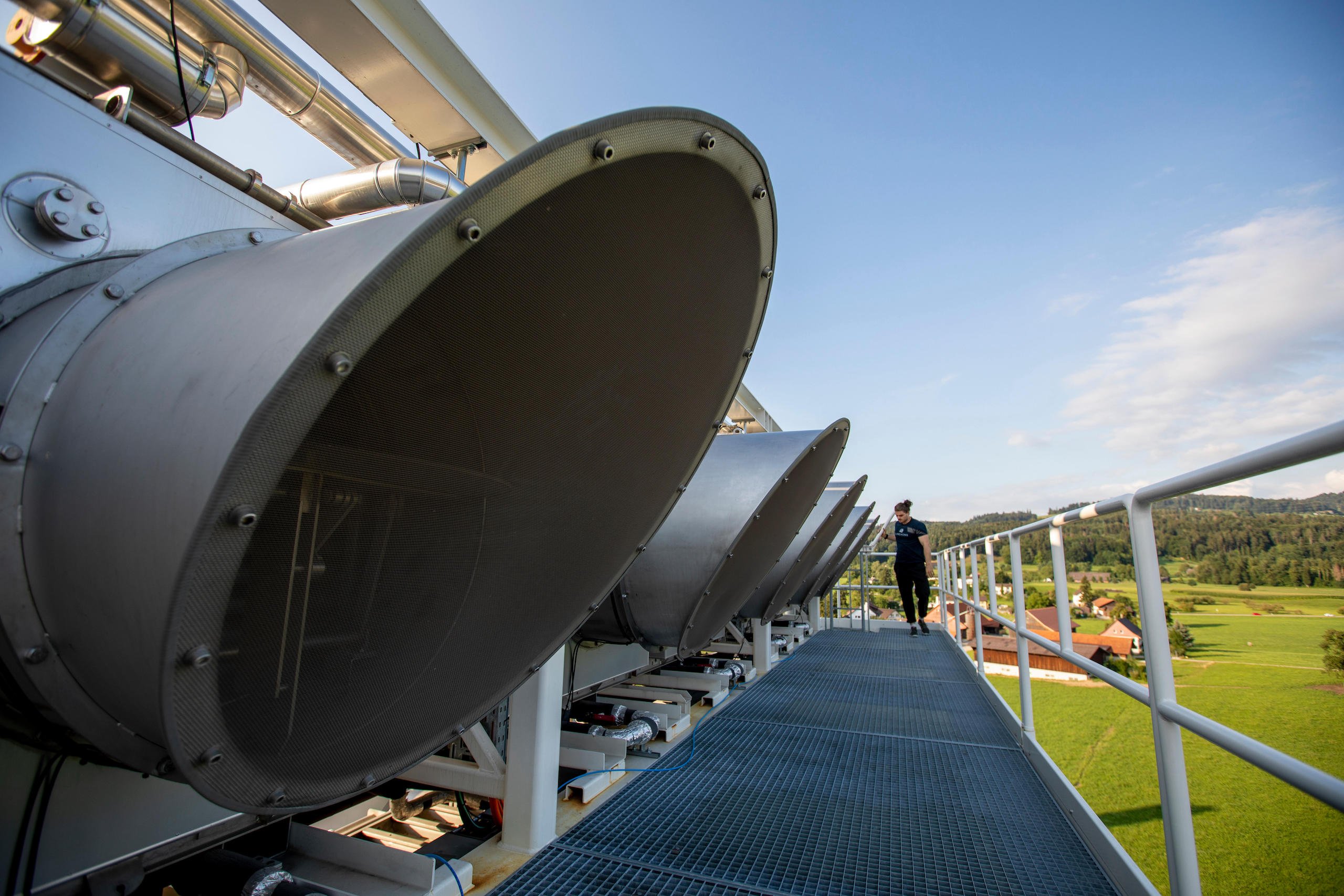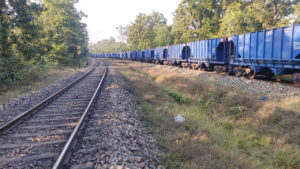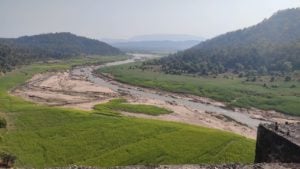In December, the United Nations Environment Programme (UNEP) released its Emissions Gap Report 2020. Every year the report identifies the difference between where greenhouse gas emissions are on course to be and where they need to be to avoid disastrous climate change.
The report stated that the world is heading for a temperature rise above 3C this century, and emissions need to fall by 7.6% each year over the next decade to limit warming to around 1.5C. By comparison, in 2020, the pandemic caused a year-on-year drop in emissions of 7%.
This report clarifies the difficulty of achieving the Paris Agreement goals of limiting global warming to “well below” 2C above pre-industrial levels (and to try to limit it to 1.5C).
As the impacts of a warming planet increase in severity and cost, and the threat of overshooting global temperature targets grows, the public may turn its attention to “climate engineering”, which is also known as geoengineering.
Geoengineering is the most common term for a group of technology-driven techniques that could reduce or counteract the temperature rise caused by climate change.
More recently, the terms climate engineering and climate intervention have been used to describe the same group of techniques.
Explore our geoengineering hub for more.
The two primary forms of climate engineering that have entered the public discourse are withdrawing carbon dioxide from the atmosphere (carbon dioxide removal) and reducing the amount of solar radiation reaching the Earth’s surface (solar radiation management).
Carbon dioxide removal (CDR) techniques, often referred to as negative emissions technologies, are a suite of natural and engineered processes that remove CO2 directly from the atmosphere or work to enhance existing carbon sinks. The Intergovernmental Panel on Climate Change (IPCC), in modelling pathways to keep global warming at 2C or less, already assumes a significant amount of CDR will be deployed worldwide.
Of the 400 scenarios in the IPCC’s Fifth Assessment report with a 50% or better chance of no more than 2C warming, 344 assume the successful and large-scale uptake of negative emissions technologies. In most of these cases, the tech was bioenergy with carbon capture and storage (BECCS)
BECCS involves farming crops or trees that sequester CO2 from the air as they grow, then burning them to create energy while capturing the carbon emitted and then storing it safely
The remaining scenarios assume that global emissions peak around 2010, which did not happen.
The legal and governance challenges of carbon dioxide removal and solar radiation management are immense. Depending on the method, at scale, CDR will consume some combination of vast amounts of land, capital, electricity, material and time. For example, in a sub-2C global warming pathway, the IPCC’s integrated assessment models rely on deploying BECCS over a land area one to two times the size of India. And while the cost and speed of deploying solar radiation management may be more favourable, the approach’s risks are so uncertain that it could cause more harm than benefit. However, the feeling that SRM will be part of a future strategy appears strong enough to justify mapping out a governance plan before anyone attempts to test or deploy the technology at scale.
On the CDR side, the Carbon Dioxide Removal Law website is a repository bringing together English-language legal materials pertaining to CDR. It has been developed by the Sabin Center for Climate Change Law at Columbia Law School and the Center on Global Energy Policy at Columbia’s School of International and Public Affairs, with assistance from the Institute for Carbon Removal Law and Policy at American University.
Along with pertinent domestic and international laws and regulations, the database contains policy proposals, testimony, think-tank reports and scholarly works that address the legal and governance challenges of CDR. The database can help inform stakeholders on the legal complexities involved in considering and developing negative emission technologies, particularly as most of these techniques have yet to be tested or deployed at the scale necessary to achieve significant reductions in greenhouse gas levels.
The database has also identified gaps in the literature regarding specific CDR techniques. For instance, the compendium of legal analyses around the technique of enhanced weathering is much sparser than that around ocean iron fertilization. The latter field is well studied, with two high-profile experiments having introduced iron to see if it would cause an algal bloom and trap carbon dioxide from the atmosphere. In the first, researchers involved in the European Iron Fertilization Experiment (EIFEX) added several tonnes of iron sulphate to 167 square kilometres of the Southern Ocean in 2004. This was followed by LOHAFEX in 2009, which was jointly planned by the Council of Scientific and Industrial Research (CSIR) in India and the Helmholtz Foundation in Germany.
Carbon dioxide removal may increasingly be relied upon to address global warming. The CDR Law database provides convenient access to the existing laws and regulations, both currently applicable and potentially adaptable, as well as the scholarly work on the governance principles, equity considerations and liability concerns of negative emissions technologies.
This information is vital because it will help guide the what, when, where, and how of carbon dioxide removal as part of a just system that addresses climate change. The website helps us to understand the interplay of CDR within our existing legal and political frameworks while also supplying stakeholders with the knowledge of how CDR can appropriately fit within future national and international climate regimes.









